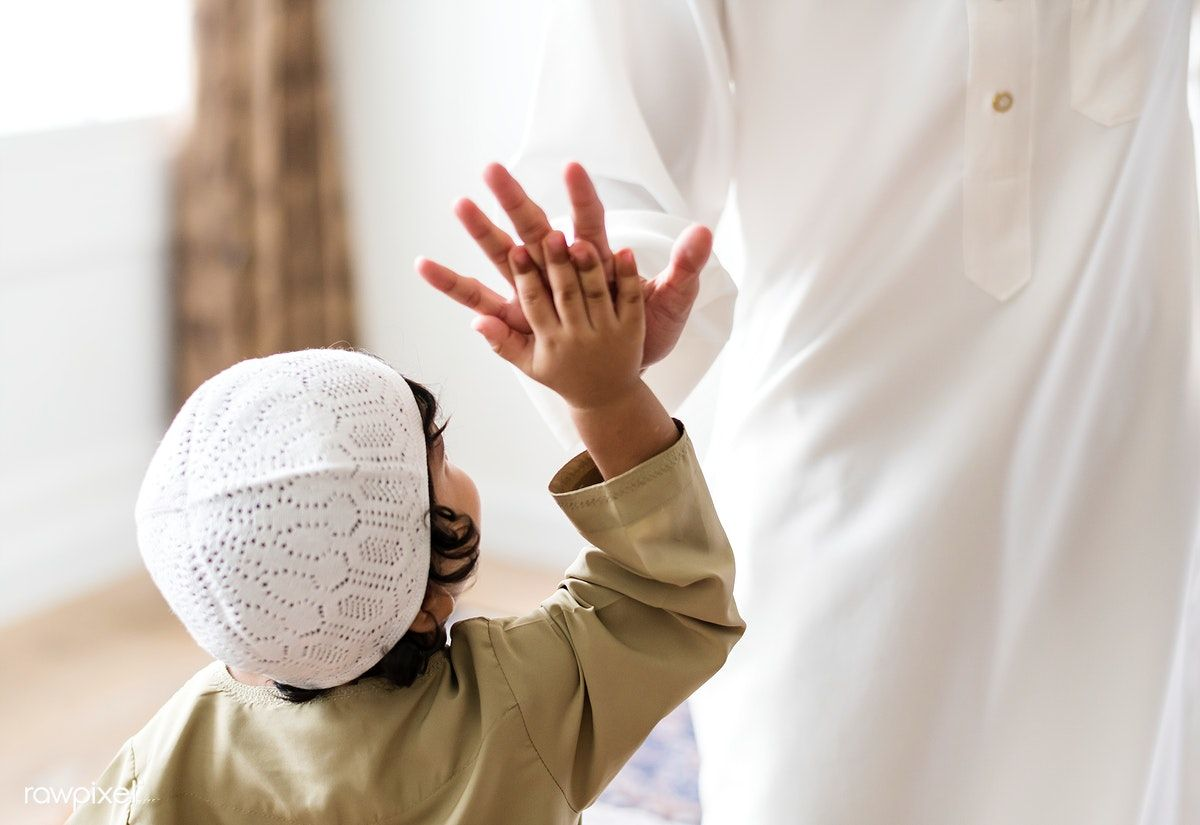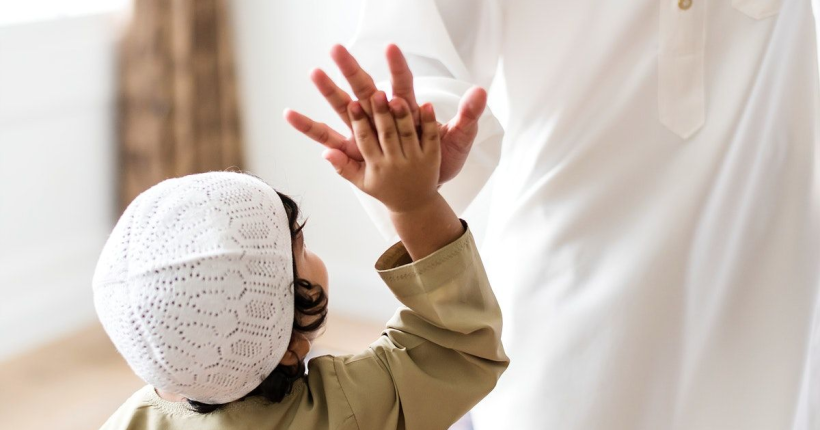The History of Islamic New Year is a wide and important history that holds Muslims to their traditions and religion. Celebrated on the first day of the month of Muharram, the Islamic New Year marks the beginning of the Hijri calendar, a calendar based on Islamic spirituality and history.
Knowledge of this history allows families, especially parents, to teach children of the importance of this time and of its lasting impact on the identity of Muslims all over the world.
What is the Islamic New Year?
Learning the History of Islamic New Year starts with knowing what the Islamic New Year is all about.
The History of Islamic New Year and its Beginning
The Islamic New Year is when the Hijri calendar year starts, which depends on the lunar cycle.
It begins on the first day of Muharram, which is the Islamic calendar’s first month.
Unlike the world’s Gregorian New Year on January 1st, the Islamic New Year varies from year to year because it is calculated according to moon cycles.
Why learn about the Islamic New Year
The Islamic New Year is not a date but a new spiritual start for Muslims.
Learning about the History of Islamic New Year inspires families to reflect on the previous year and decide to grow their faith and character.
Origins of the Islamic Hijri Calendar
To fully appreciate the History of Islamic New Year, you should understand where the Islamic Hijri calendar came from. The Islamic Hijri calendar is deeply rooted in the Islamic history that have shaped the Muslim community.
History of Islamic New Year
The Islamic Hijri calendar was officially instituted during the reign of Umar ibn Al-Khattab, the second Caliph after the Prophet Muhammad (PBUH).
It was established to come up with one system for the recording of dates and events for the growing Muslim community.
The foundation of this calendar was set in relation to the year of the Prophet’s migration — the Hijra — from Medina to Mecca in 622 CE, which is the History of Islamic New Year.
Why the Hijra Marks the Beginning
History of Islamic New Year is closely linked to the Hijra because the migration was a milestone for Islam.
The Hijra is the establishment of the first Islamic state and the beginning of a new life cycle for Muslims.
By starting the calendar from there, the Islamic New Year honors the courage, faith, and communal solidarity that existed then.
History of Islamic New Year and the Role of the Lunar Cycle
The Hijri calendar is lunar-based, with each month beginning when the new moon appears, in contrast to following the path of the sun.
This was an observation of the natural cycle that was adhered to by early Muslims.
It made sense in a desert environment and remains important to Muslims today, with them being connected to the natural cycles directly.
Understanding these origins enables you to learn more about the History of Islamic New Year and understanding that the Hijri calendar is more than just numbers, it is religious history, bravery, and identity.
The Significance of Muharram in Islamic History
Knowing the History of Islamic New Year also means having some knowledge of why Muharram, the first month of the Hijri calendar, is a special month in Islamic history. It not only signifies the start of the year, but it’s a month of reflection and remembrance for Muslims.
Why Muharram is a Sacred Month
Muharram is among the four sacred months in the Quran when combat is forbidden, symbolizing peace and spirituality.
It is a sacred month when Muslims are encouraged to engage in worship, fasting, and performing good deeds.
Important Historical Events during Muharram
When learning about the History of Islamic New Year it’s important to learn about Muharram. Apart from marking the Islamic New Year, Muharram is also renowned for being the site of some of the most pivotal moments of history.
Muharram as a Time for Spiritual Growth
The history of Islamic New Year teaches that Muharram is a time for Muslims to reflect upon their religion and seek forgiveness.
Many families utilize this time to instill good habits in children, such as prayer, patience, and charity.
Keeping with the traditions of Muharram guarantees that the family bond becomes stronger and the youth are connected with their Islamic heritage.
How the Islamic New Year is Celebrated Traditionally
Knowing about the History of Islamic New Year also involves knowing about how Muslims all over the world celebrate this special period.
Reflection and Spiritual Renewal
Most Muslims utilize the Islamic New Year as an opportunity for reflection about their individual and spiritual development during the previous year.
Prayer, recitation of the Quran, and asking for forgiveness are some of the regular acts during this time, in addition to learning about the History of Islamic New Year.
Special Prayers and Acts of Worship
Some communities hold special prayers or congregations in mosques to commemorate the start of the new Hijri year.
Fasting on the 10th of Muharram, i.e., on Ashura, is a significant tradition linked to the History of Islamic New Year.
The Hijri Calendar vs. the Gregorian Calendar
| Aspect | Hijri Calendar | Gregorian Calendar |
| Basis | Lunar calendar based on moon phases | Solar calendar based on the Earth’s orbit |
| Months | 12 lunar months, each about 29-30 days | 12 solar months, varying between 28-31 days |
| Length of Year | Approximately 354 days (about 10-12 days shorter) | Approximately 365 days |
| Start of Year | 1st Muharram, marking the History of Islamic New Year | January 1st |
| Year Counting | Begins from Hijra (migration of Prophet Muhammad PBUH in 622 CE) | Based on the estimated birth year of Jesus Christ |
| Year Shift | Moves earlier by about 10-12 days every Gregorian year | Fixed dates each year |
| Religious Significance | Used to determine Islamic rituals and holidays, including Ramadan, Hajj, and Eid | Mainly used for civil and international purposes |
| Cultural Importance | Central to Muslim identity, reflecting the History of Islamic New Year | Widely used worldwide for daily life |
Want to Explore More About the Islamic New Year?
Learn how Muslims celebrate Islamic New Year across cultures with deep spiritual meaning.
Teach kids about Islamic New Year with fun, age-appropriate learning activities.
Discover the inspiring history of Islamic New Year and the Hijrah of the Prophet Muhammad (ﷺ).
Understand the spiritual significance of Muharram and its place in the Islamic calendar.
Learn about the power of fasting on Ashura and why it’s a highly recommended Sunnah.
Find thoughtful and warm Islamic New Year wishes to share with your family and friends.
Try meaningful and fun Islamic New Year activities for kids to make the occasion memorable.
Thinking of traveling? Read about the spiritual rewards of Umrah in Muharram.
Conclusion
The History of Islamic New Year is a fascinating and connects Muslims to Islam, heritage, and the lunar Hijri calendar. Beginning from the sacred month of Muharram, the Islamic New Year is a time of reflection, spiritual purification, and remembering crucial dates in Islamic history, specifically the migration of the Prophet Muhammad (PBUH) to Medina.



